Wine lovers around the world seek out the finest regions for exceptional wines. From Bordeaux to Napa Valley, each area offers unique flavors and traditions. These celebrated wine regions produce bottles that captivate connoisseurs. Discover the charm and excellence of these renowned destinations. Each sip tells a story of passion and craftsmanship.
Bordeaux, France
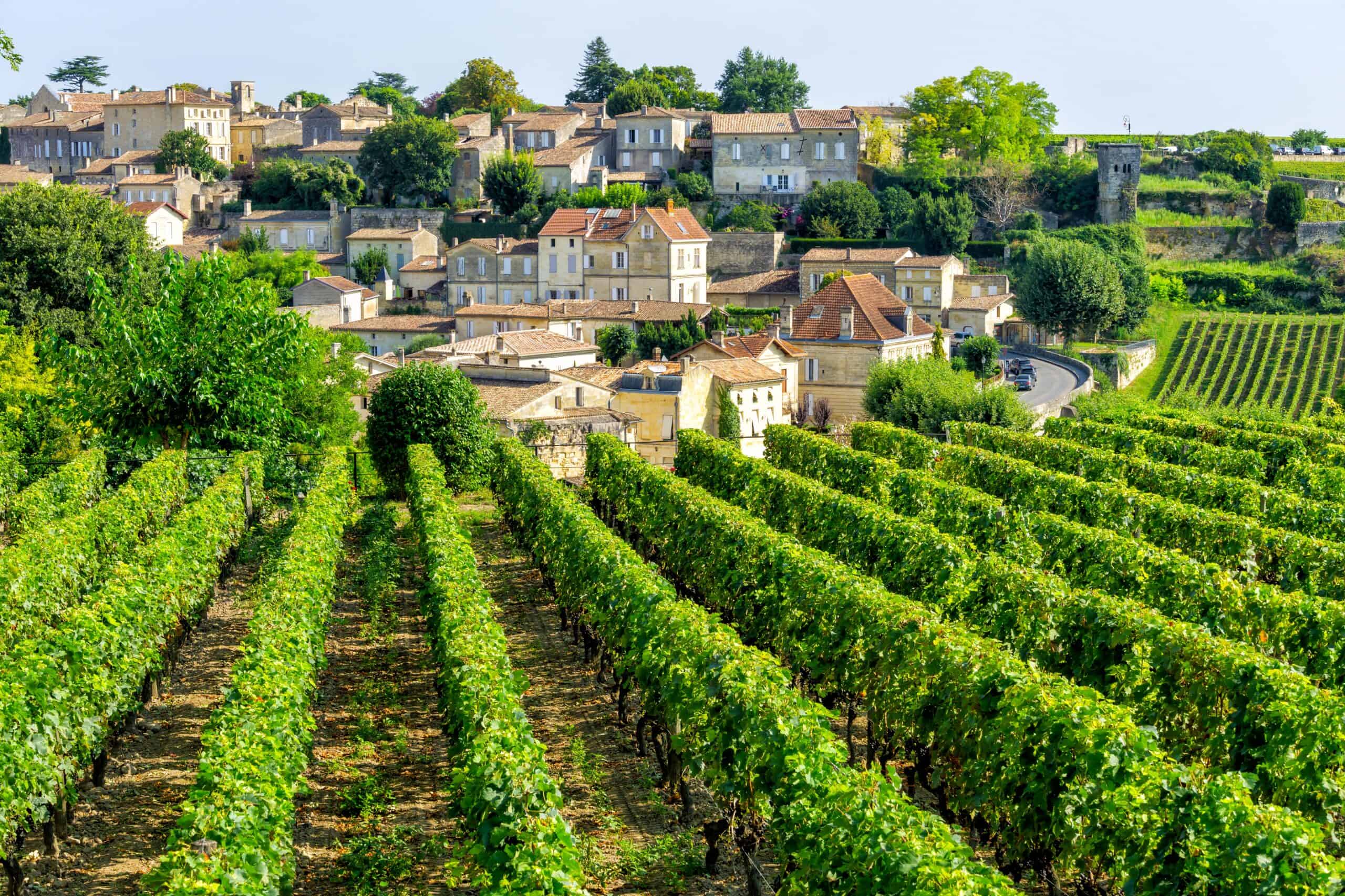
Bordeaux is home to some of the world’s finest wines, renowned for its exceptional red blends. The region primarily uses Cabernet Sauvignon, Merlot, and Cabernet Franc. Diverse soil types and a perfect climate contribute to the complexity. Bordeaux wines are rich, structured, and age beautifully. Each sip reflects the region’s rich history and meticulous craftsmanship. Bordeaux’s vineyards cover over 120,000 hectares, making it one of the largest wine regions in France. The distinct terroirs, from the gravelly soils of the Left Bank to the clay-limestone of the Right Bank, produce wines with varied expressions. The region’s classification system, established in 1855, still guides wine enthusiasts in finding the best bottles.
Napa Valley, USA
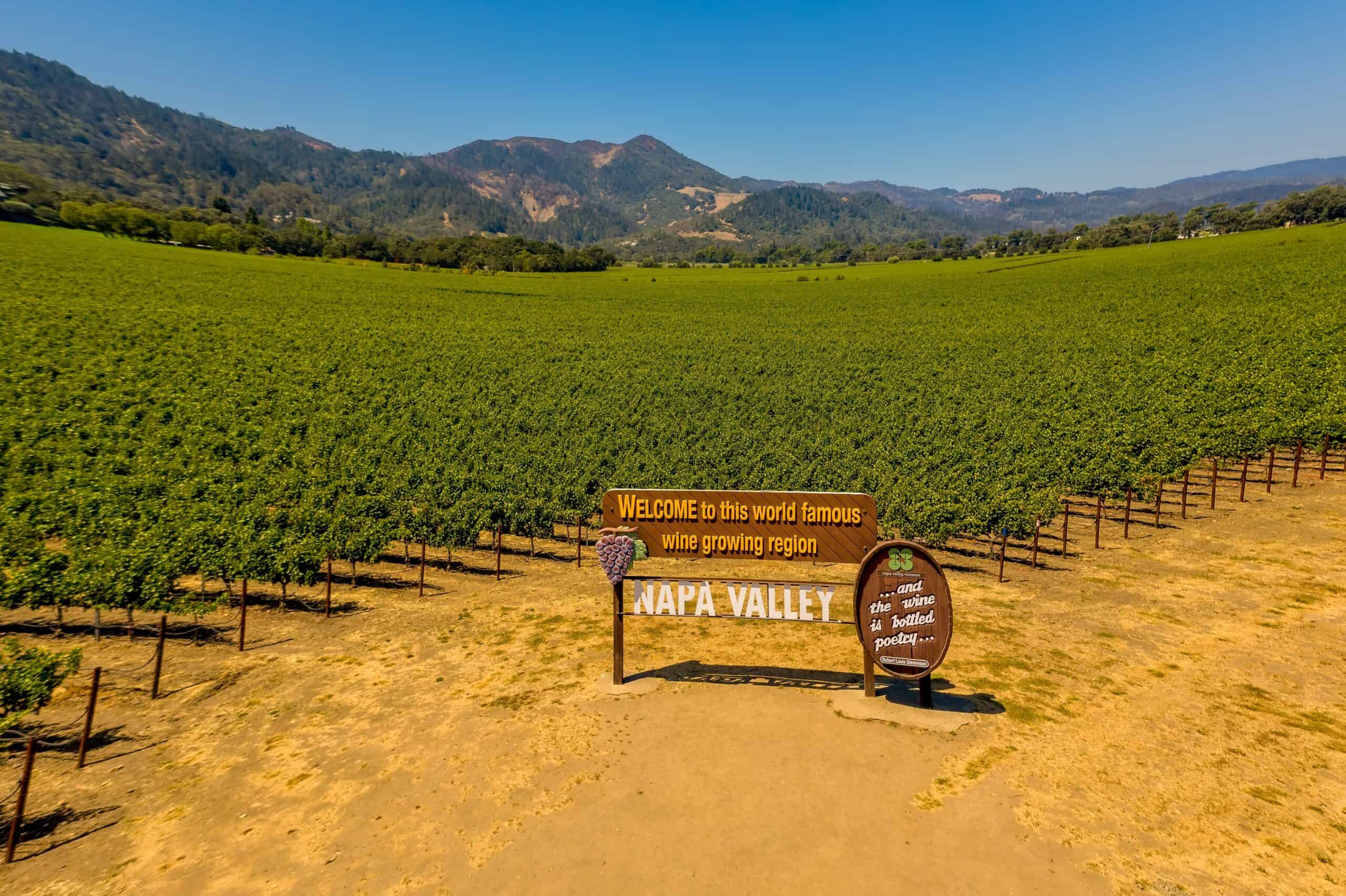
Napa Valley is famous for its premium Cabernet Sauvignon. The Judgement of Paris in 1976 put Napa on the global wine map when its wines outperformed French wines in a blind tasting. This Californian region enjoys a warm Mediterranean climate. Diverse soils and innovative winemaking techniques enhance the quality. Napa wines are bold, flavorful, and highly sought after. The region’s picturesque vineyards attract wine lovers and tourists alike. Today, Napa Valley boasts over 400 wineries.
Tuscany, Italy
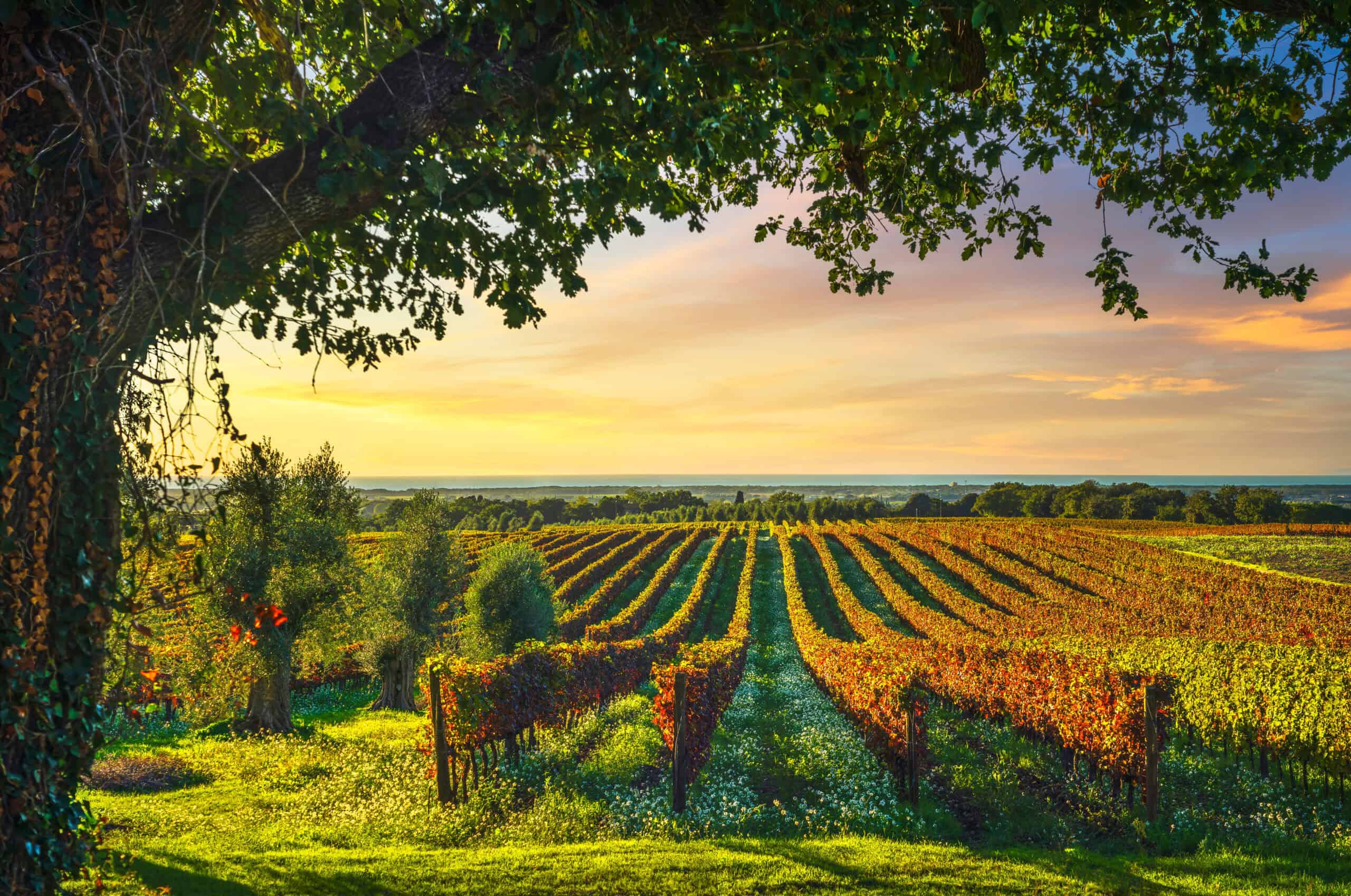
This place is renowned for its Chianti, Brunello di Montalcino, and Super Tuscans. Tuscany’s winemaking tradition dates back to the Etruscans, who cultivated grapes over 2,500 years ago. The region’s rolling hills and warm climate are ideal for viticulture. Sangiovese grapes dominate, producing wines with perfect balance. Tuscan wines are elegant, robust, and steeped in history. The landscape, dotted with medieval villages, adds to its charm. Today, the region is a blend of ancient techniques and modern innovation.
Burgundy, France
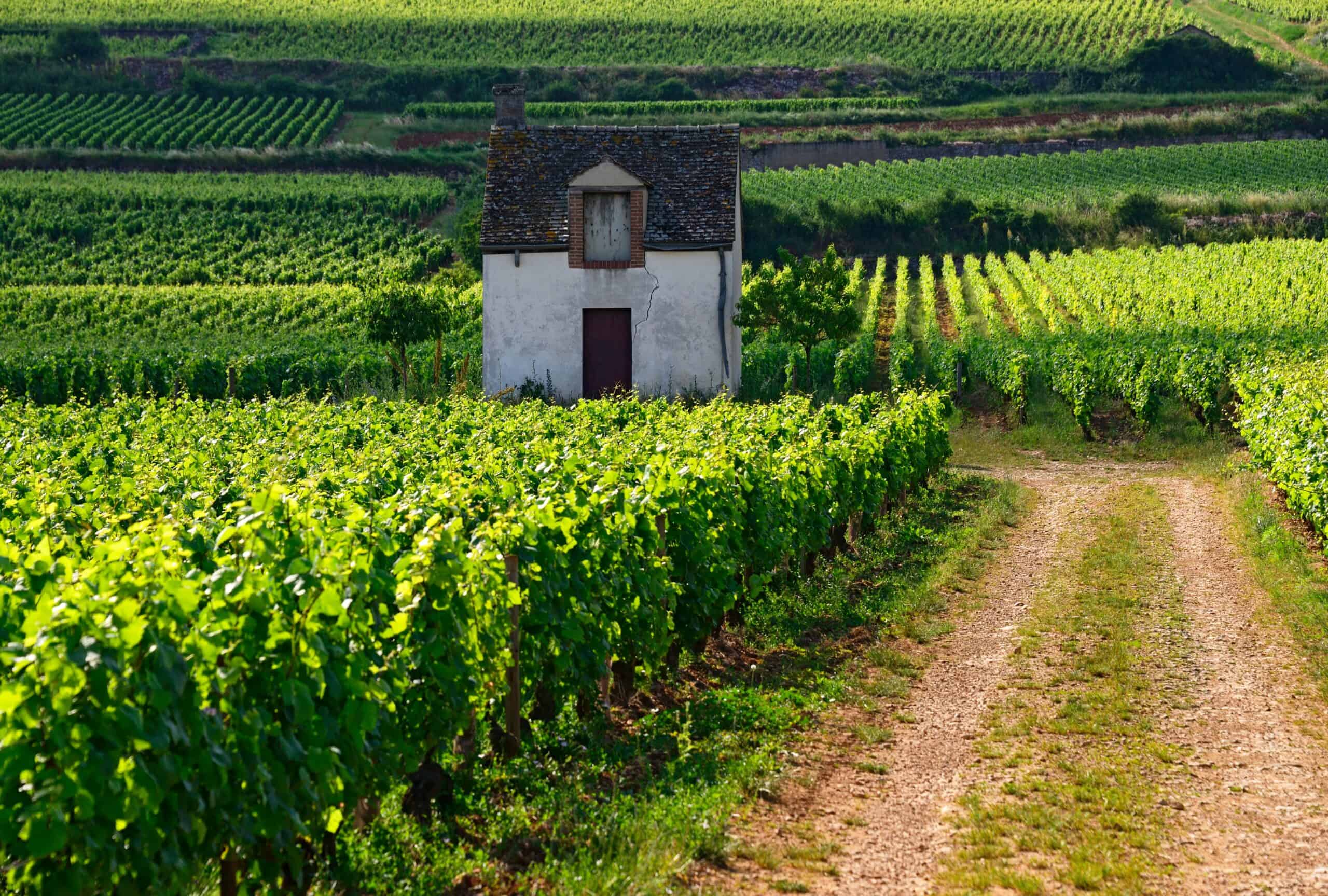
Burgundy is celebrated for its Pinot Noir and Chardonnay. The region’s complex terroir adds unique flavors. Limestone-rich soils play a crucial role. Burgundy wines are prized for their elegance and aging potential. Each vineyard, or “climat,” is considered unique, reflecting the region’s intricate terroir. The grapes of Burgundy are dispersed into little plots, each with its unique character. The classification system, including Grand Cru and Premier Cru, helps identify the best vineyards.
Champagne, France
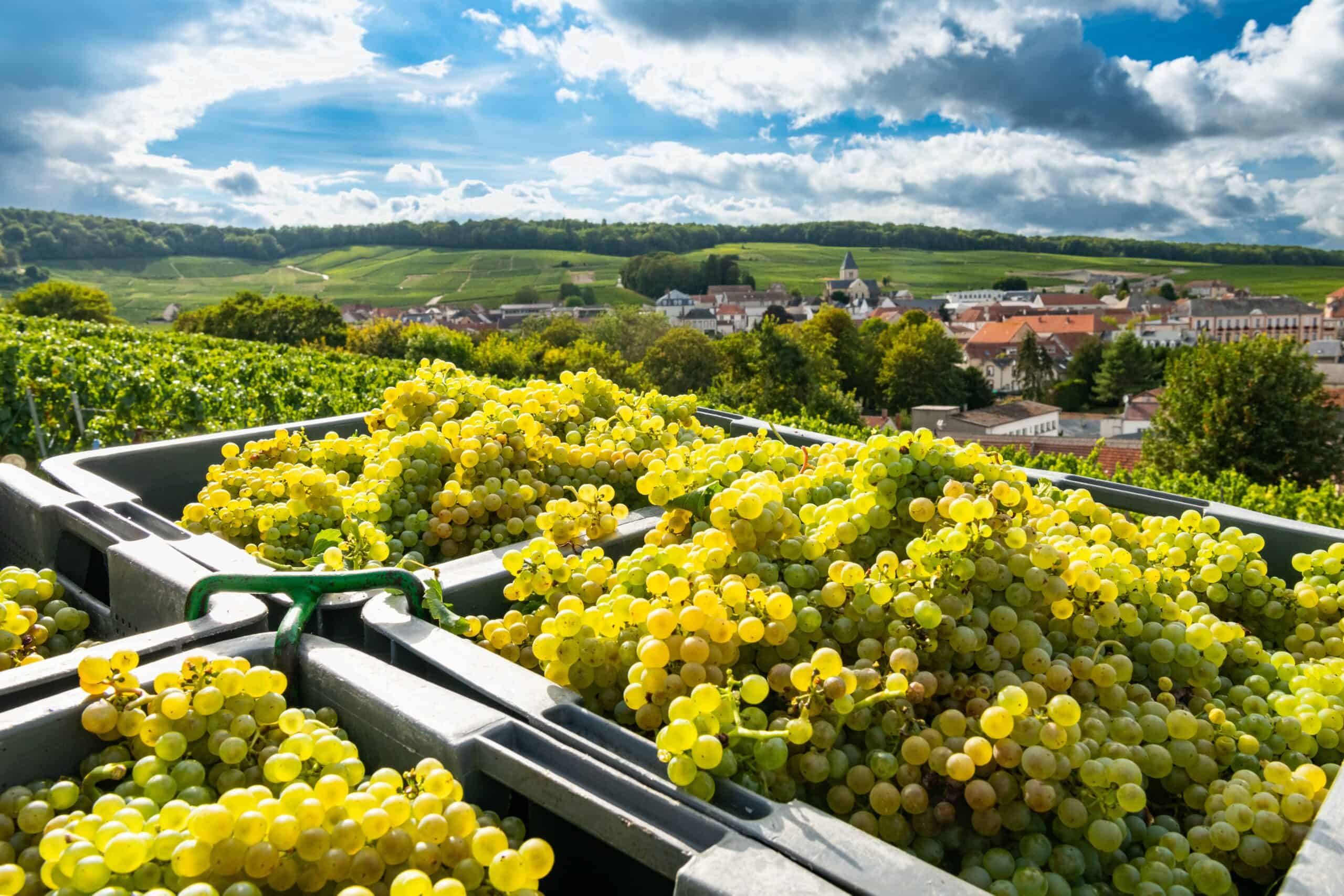
Champagne is the exclusive region for true Champagne. The combination of chalky soils and cool climate is unique. Specific grape varieties like Chardonnay and Pinot Noir are used. Champagne wines are renowned for their finesse and longevity. The traditional method of secondary fermentation in the bottle adds complexity and bubbles. The Champagne region’s history dates back to Roman times, but it was the 17th-century monks who refined the sparkling wine-making process. Iconic houses like Moët & Chandon and Dom Pérignon continue this legacy.
Barossa Valley, Australia

Barossa Valley is known for powerful Shiraz wines. The warm climate and ancient soils are ideal for viticulture. Barossa wines are rich, full-bodied, and intensely flavored. The region’s winemaking tradition dates back to the mid-19th century. Today, it combines heritage with innovation, producing world-class wines. Winemaking in the Barossa Valley has a long history of family ownership and tradition. The region also produces excellent Grenache and Cabernet Sauvignon. Barossa’s wine festivals and cellar doors offer immersive experiences, showcasing the region’s commitment to quality and hospitality.
Ribera del Duero, Spain
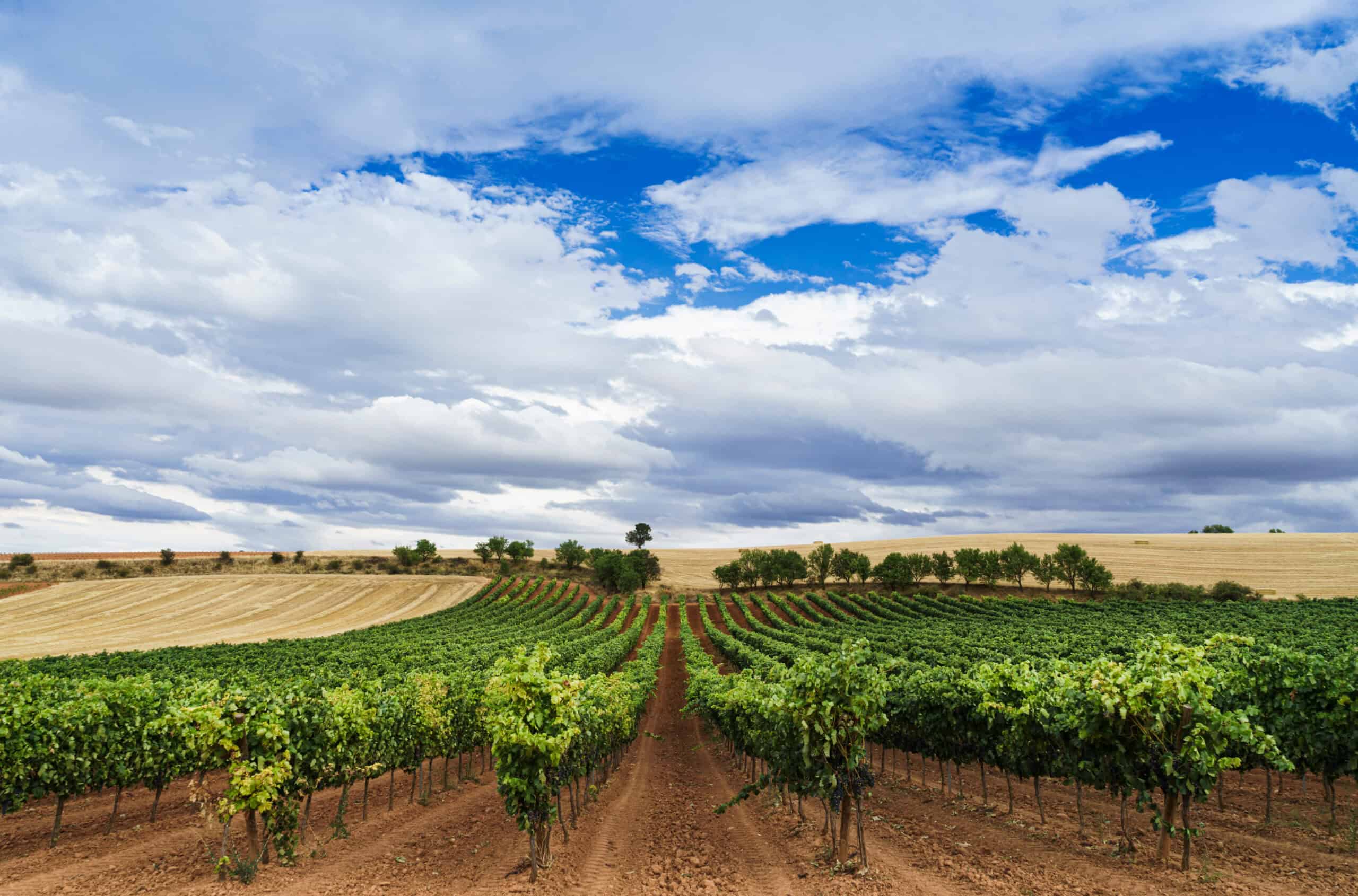
Ribera del Duero is acclaimed for robust Tempranillo-based reds. High altitude and extreme temperatures contribute to wine quality. Ribera wines are known for their depth and structure. The aging potential is impressive. These wines often feature rich dark fruit flavors, balanced by firm tannins and a touch of oak. The region’s history of viticulture dates back to Roman times. Ribera del Duero’s modern reputation was cemented in the late 20th century with the rise of iconic wineries like Vega Sicilia. The region’s focus on quality and tradition has earned it a prestigious status in the world of wine.
Mendoza, Argentina
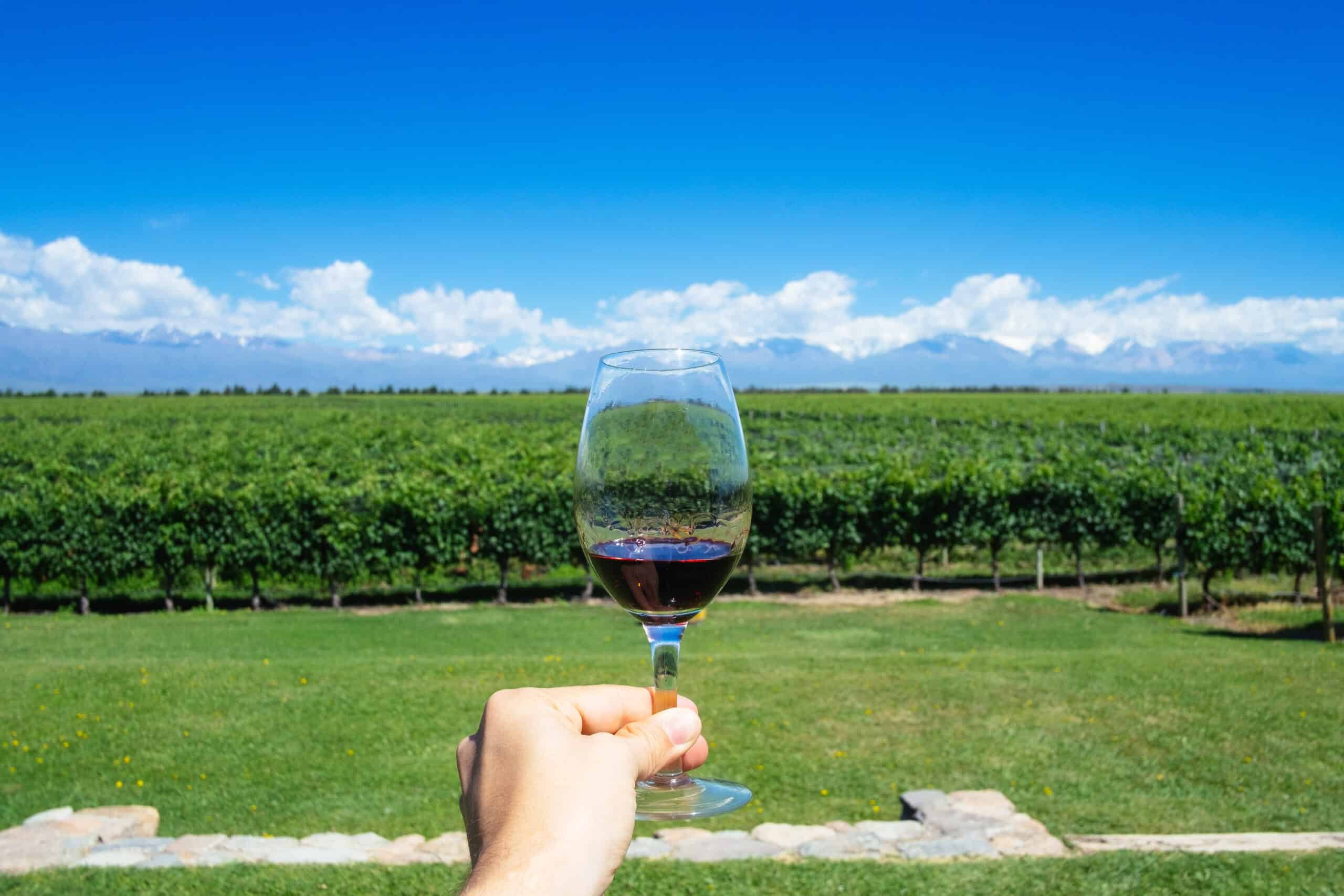
Mendoza is Argentina’s top wine region, famous for Malbec. High altitude vineyards receive ample sunshine. Low rainfall and temperature variation enhance the grapes. Mendoza wines are deeply colored and rich in flavor. The region’s dramatic landscapes, from the Andes mountains to the fertile valleys, add to its allure. Mendoza’s wine industry has grown rapidly since the 1990s, with a focus on quality and export. The region’s Malbec, often aged in oak, showcases flavors of plum, blackberry, and spice. Wine tourism is booming, with numerous wineries offering tastings and tours, highlighting Mendoza’s vibrant wine culture.
Piedmont, Italy
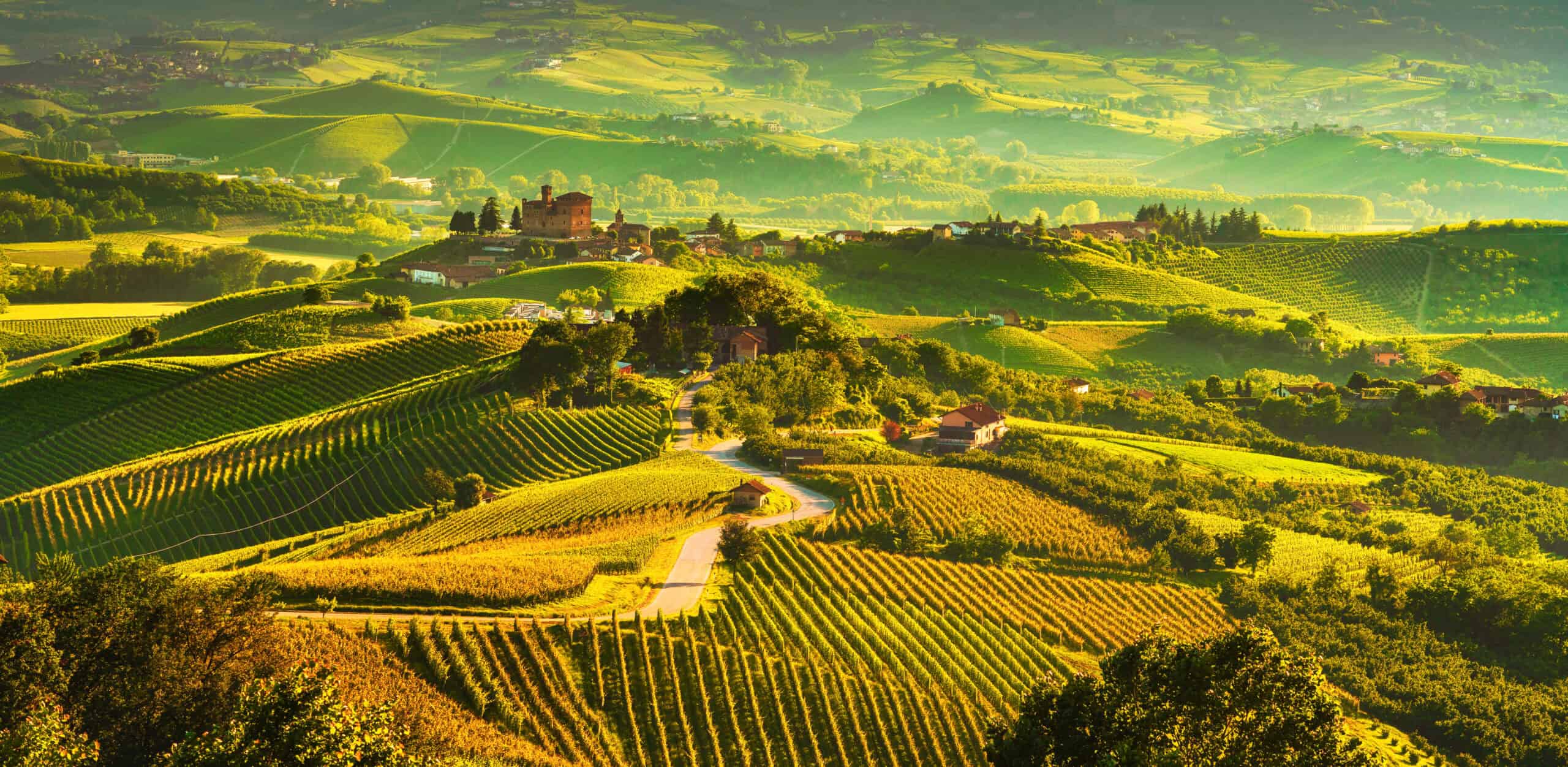
Piedmont is renowned for Nebbiolo-based wines like Barolo. The region’s foggy climate and calcareous soils are ideal. Piedmont wines are complex and aromatic. Known for high acidity and firm tannins, they age well. These wines often feature notes of cherry, rose, and truffle, making them highly sought after. The Roman Empire is the ancestor of the Piedmont winemaking traditions. The region also produces excellent Barbera and Dolcetto wines. Piedmont’s diverse landscape, from the Alps to the rolling hills, creates unique microclimates. Wine lovers flock to its picturesque villages and renowned vineyards for an authentic Italian experience.
Douro Valley, Portugal
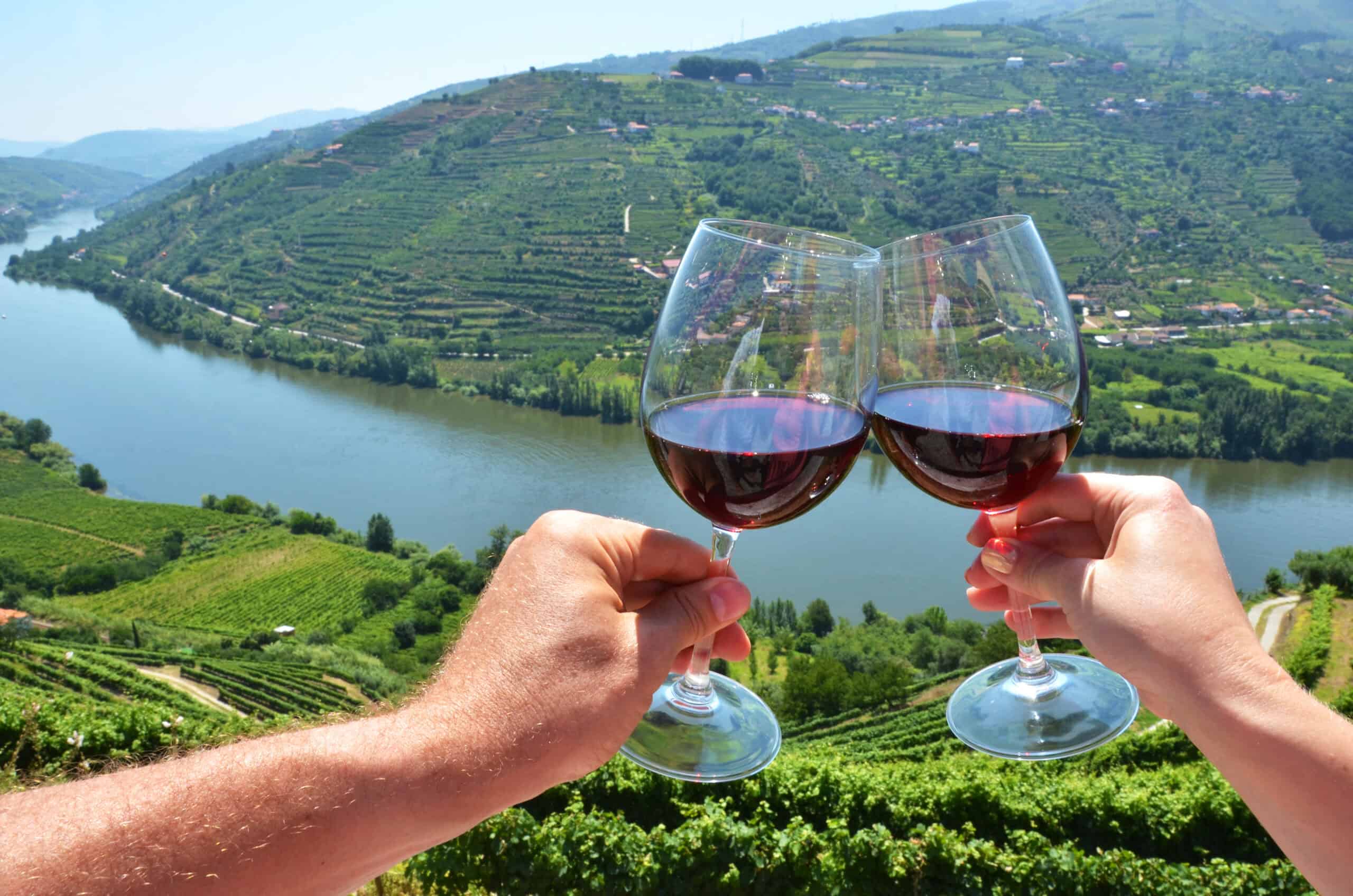
Douro Valley is the birthplace of Port wine. Steep terraced vineyards and a hot climate are characteristic. Indigenous grape varieties thrive here. Douro wines are rich, flavorful, and long-lasting. The region’s scenic beauty and historic estates make it a UNESCO World Heritage site. Douro’s winemaking history dates back to the Roman era. Today, both fortified Port and high-quality table wines are produced. The Douro River winds through the valley, adding to its stunning landscape. Wine tourism in the Douro Valley offers river cruises, vineyard tours, and tastings, showcasing the region’s heritage and innovation.
Rhone Valley, France
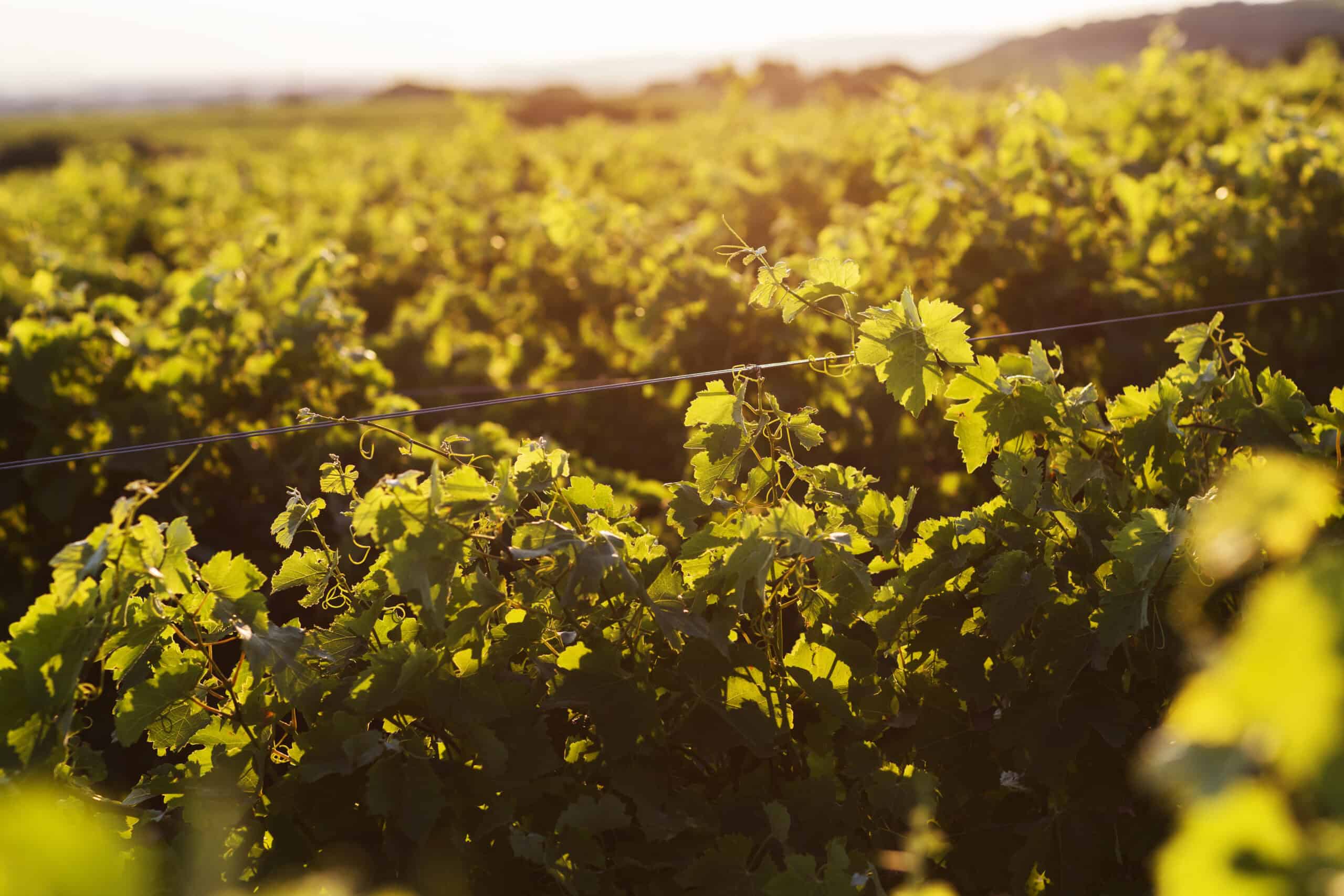
Rhone Valley offers a variety of wines from Syrah and Grenache. Varied terroir and climate add complexity. Rhone wines are structured and age gracefully. These wines often display flavors of dark fruit, herbs, and pepper, reflecting the diverse terroirs. The Rhone Valley’s winemaking dates back to ancient Greek and Roman times. The northern Rhone is famous for its Syrah, while the southern Rhone is known for blends like Châteauneuf-du-Pape. The region’s rich history and varied landscape make it a fascinating destination for wine enthusiasts.
Sonoma County, USA
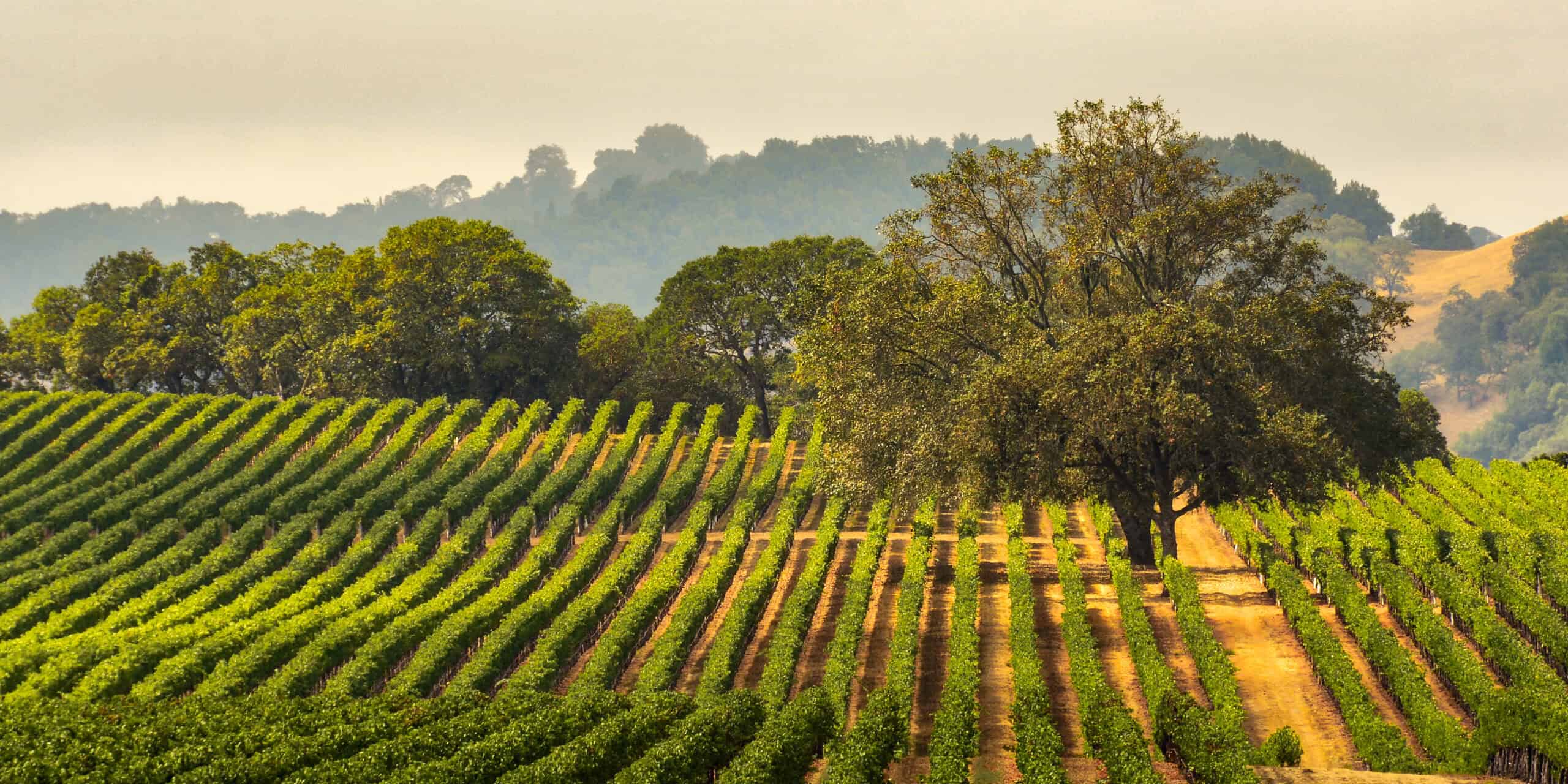
Sonoma County produces diverse wines, including Pinot Noir. The region’s microclimates and soils are varied. High-quality wines with distinct character emerge. Sonoma wines are elegant and balanced. The region’s scenic beauty, with its rolling hills and coastal influence, adds to its appeal. Sonoma County’s wine industry dates back to the 19th century. Today, it boasts over 400 wineries, producing everything from sparkling wines to robust Zinfandels. Wine festivals and tasting events are popular, showcasing Sonoma’s commitment to quality and innovation.
Mosel, Germany
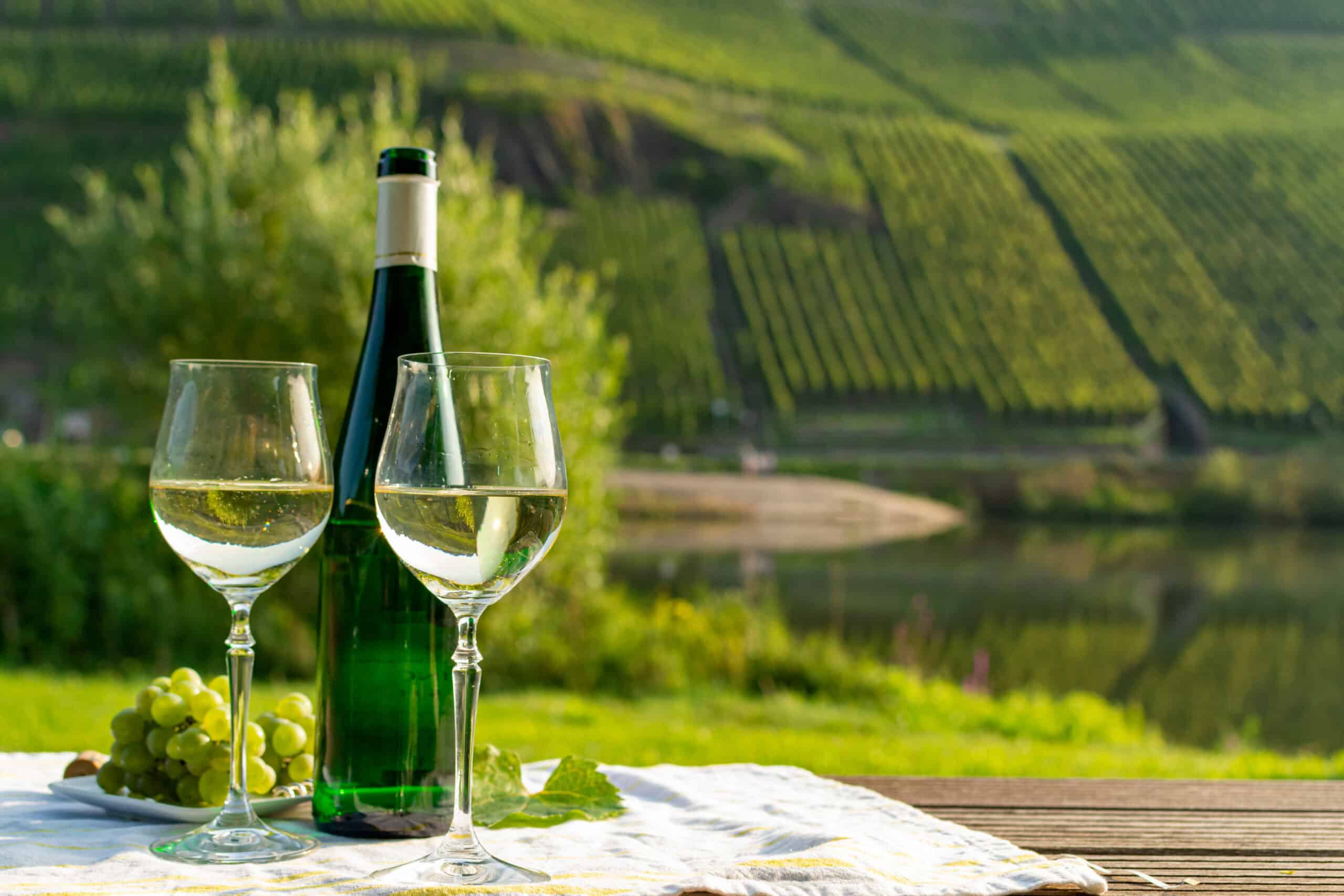
Mosel is celebrated for its Riesling wines. Steep, slate-covered vineyards enhance flavor. Wines are known for high acidity and minerality. Mosel Rieslings age exceptionally well. These wines often exhibit notes of green apple, peach, and citrus, making them versatile and refreshing. The Mosel River’s winding path creates unique microclimates ideal for viticulture. Winemaking in the Mosel dates back to the Roman era. The region’s picturesque villages and historic vineyards attract wine lovers seeking elegant and expressive wines.
Willamette Valley, USA
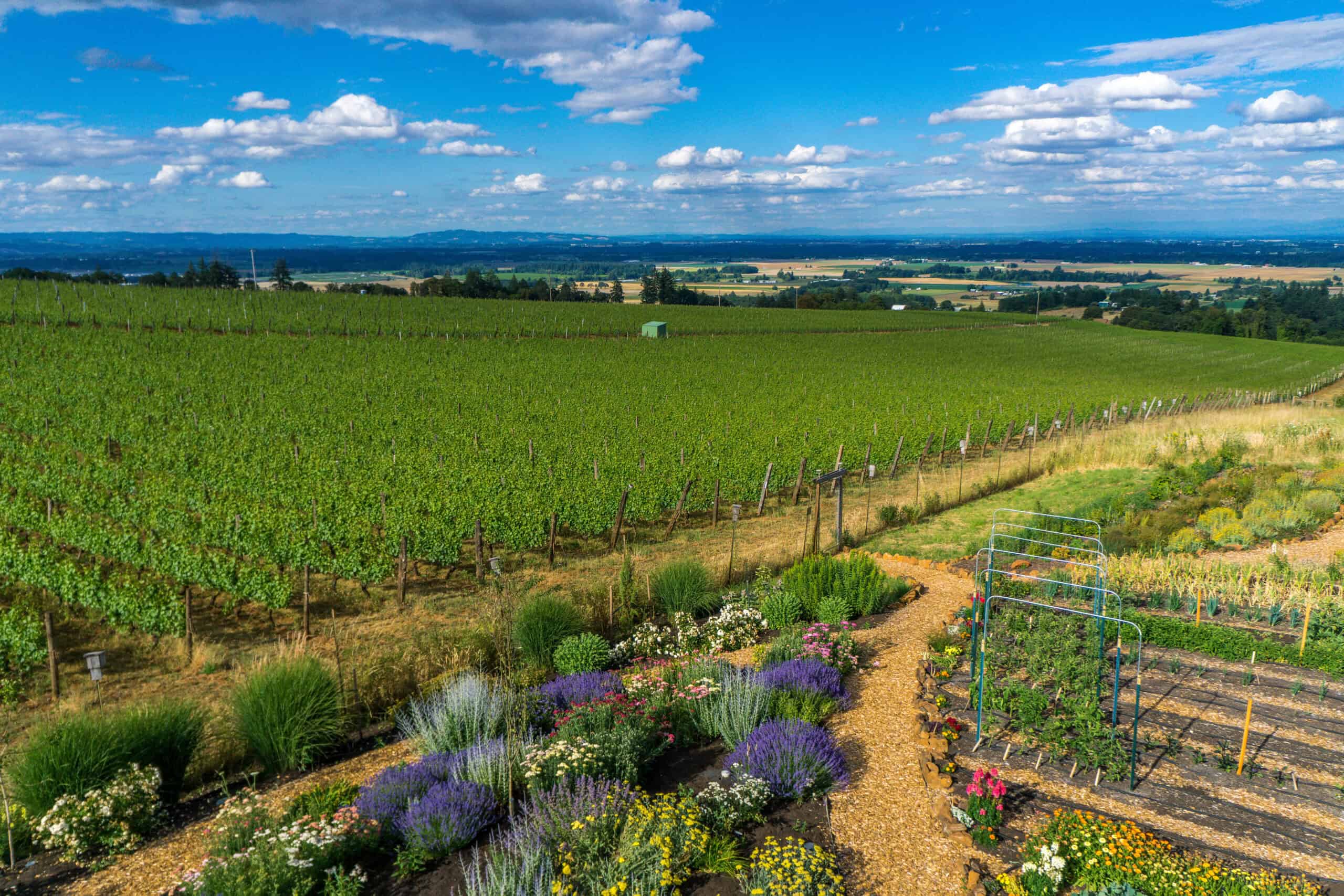
Willamette Valley is famous for Pinot Noir. Cool climate and diverse soils are ideal. Wines are elegant and complex. Bright fruit flavors and balanced acidity are characteristic. The region’s lush landscapes and sustainable practices add to its charm. The region’s focus on quality and sustainability sets it apart. Wine tourism in the Willamette Valley offers a relaxed and welcoming experience, with numerous tasting rooms and vineyard tours.
Marlborough, New Zealand
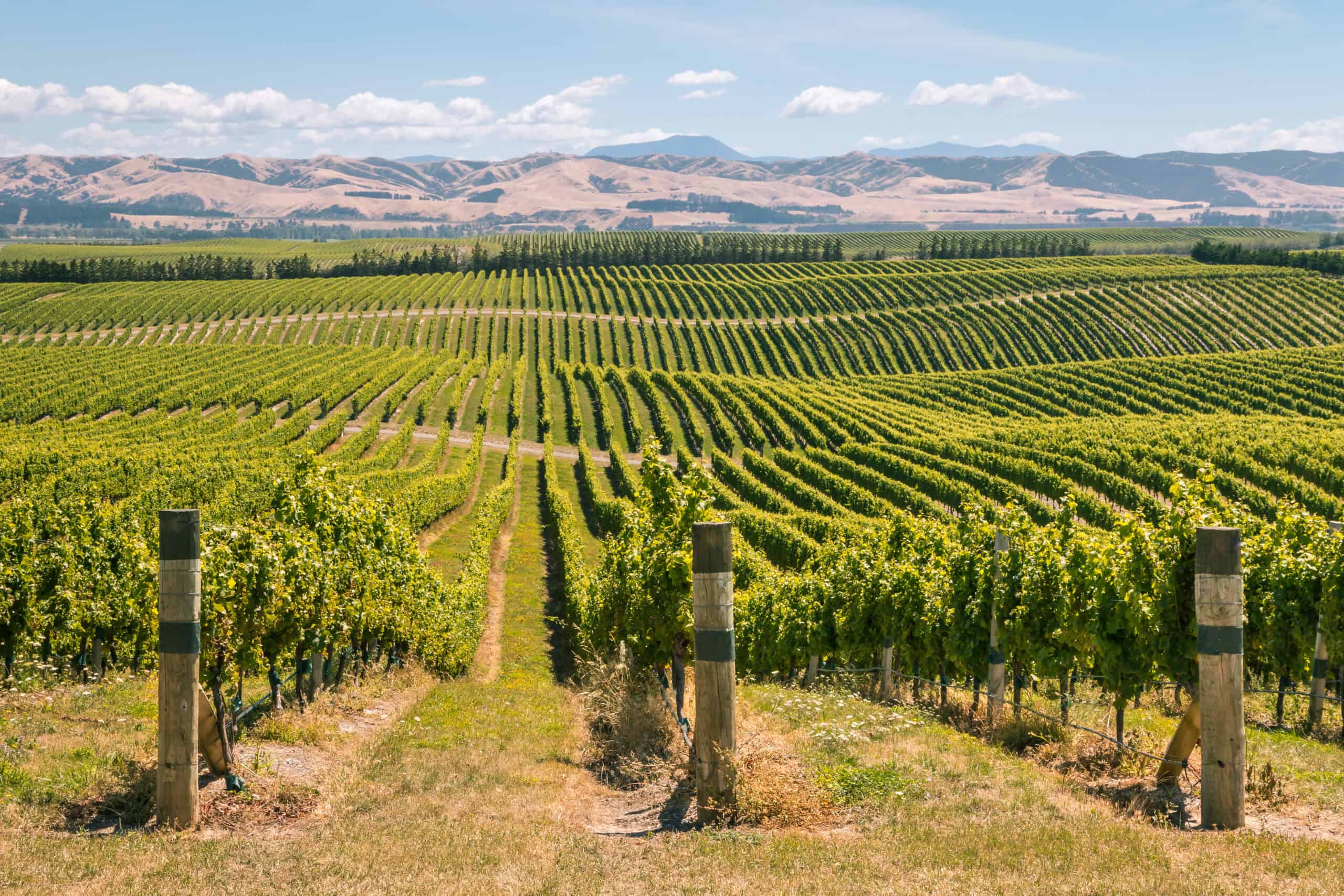
Marlborough is renowned for vibrant Sauvignon Blanc. Cool, maritime climate aids viticulture. Alluvial soils add unique flavors. Marlborough wines are zesty and aromatic. These wines are often characterized by notes of tropical fruit, gooseberry, and fresh herbs, setting a global standard for Sauvignon Blanc. New Zealand’s wine industry has grown rapidly since the 1980s, with Marlborough leading the way. Wine lovers visiting Marlborough can explore scenic vineyards, enjoy tastings, and experience the region’s natural beauty.
This article originally appeared on Rarest.org.
More from Rarest.org
1961 Roosevelt Dime Value Guide
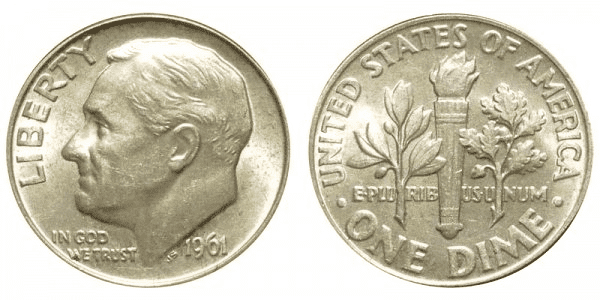
The 1961 Roosevelt dime is composed of 90 percent silver and 10 percent copper. The Roosevelt dime was first issued in 1946. Read More.
1963 Franklin Half Dollar Value Guide

The 1963 Franklin half-dollar is made of 90% silver and 10% copper. Specifically, it contains 0.36169 troy oz. Read More.
1959 Washington Quarter Value Guide

The 1959 Washington quarter comprises 90% silver and 10% copper. It has a value of 25 cents, a mass of 6.30 grams, a diameter of 24.26 mm, a thickness of 1.75 mm, and a reeded edge. Read More.
